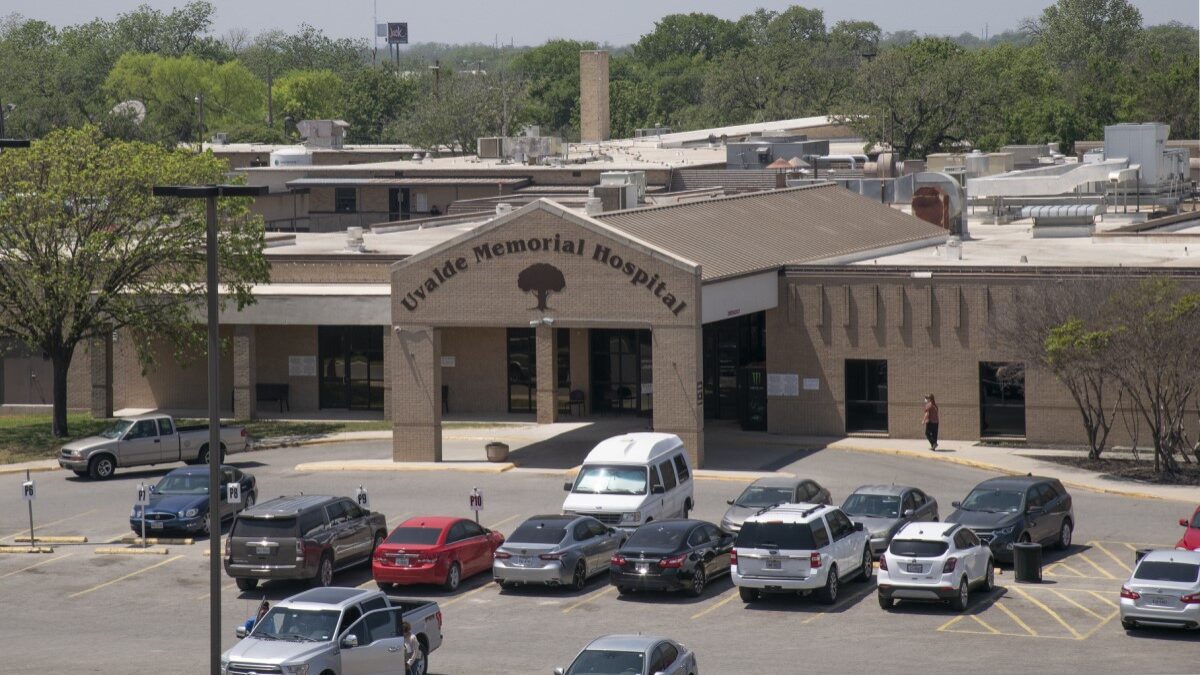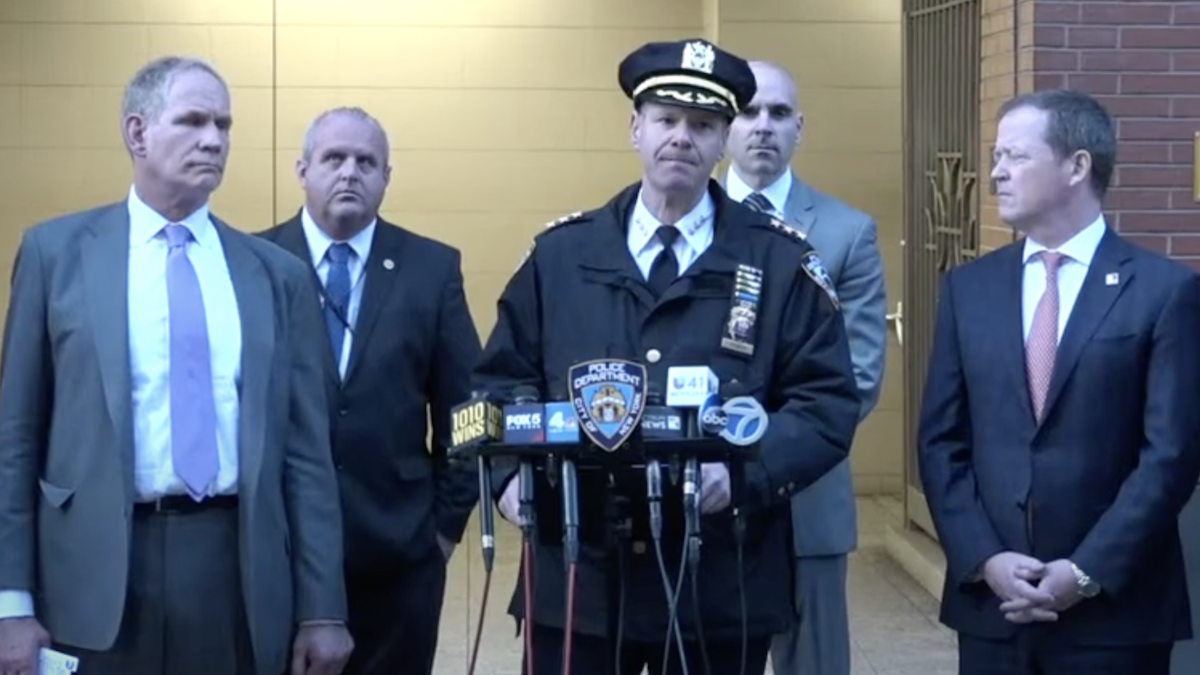On May 24, as a murderous gunman wrought terror and death through two adjoining classrooms full of children at Robb Elementary School in Uvalde, 19 municipal police officers stood in the hallway outside, waiting. Forty-seven more minutes elapsed before the officers, led by officers from the Border Patrol Tactical Unit (BORTAC), breached the door and neutralized the situation.
That’s 47 minutes. Waiting.
The incident was managed by Pedro Arredondo, the chief of the Uvalde Consolidated Independent School District Police Department. In Texas, school districts may allow a law enforcement presence on their campuses either by contract with an overlapping law enforcement entity—such as a municipal police department or county sheriff’s office—or by creating and staffing their own police department.
Arredondo has run the UCISDPD since early 2020, with a staff of five subordinate officers. According to several commentators, Arredondo’s decision to transition from an “active shooter” protocol to a “barricaded suspect” protocol may have contributed to the incident’s lethality.
It may very well be time for Texas to reevaluate this redundant model.
While it is important to note that facts are still emerging on the events of that fateful Tuesday and that one tragedy alone is insufficient to reorder an institution like policing, advocates from the political left and right have been calling for dialing back or eliminating school district police departments. While their rationales slightly differ, both point to potential negative consequences of an overpoliced learning environment.
This duplicative system poses practical questions, as well. In Texas, schools are funded in large part through ad valorem taxes on property, making up the single largest levy most property-owning Texans pay.
Similarly, both counties and cities levy a tax against that same property, as well as any number of special-purpose districts. In the case of law enforcement, a property owner may be paying for three overlapping layers of the same service: the school district police department, the municipal police department, and the sheriff’s office, each of which provides policing services.
However, not all policing training regimens are created equal. School resource officers are mandated to have additional active shooter training, but may not have access to the necessary tactical training available to larger departments. Furthermore, it is exceedingly rare for district police departments to have enough personnel coverage to allow a member to participate in regional tactical units.
If we believe it is important to have police officers in schools to ensure a safe learning environment, it is in the best interest of local taxpayers—those with children who are in these schools—to ensure every dime is being spent responsibly and not, as seen in Uvalde, potentially impeding a crisis response.
In June, two trade organizations that represent key police officials—the Texas Association of School Resource Officers and Texas School District Police Chiefs Association—will be holding their separate conferences at hotels off of the Riverwalk in San Antonio, less than a 90-minute drive from the scene of the massacre. It will be interesting to see if the events prompt a self-examination of both the form and function of these departments.
The onus is on the school districts to prove that this model actually keeps children safe, and is not just another avenue to a government pension.









